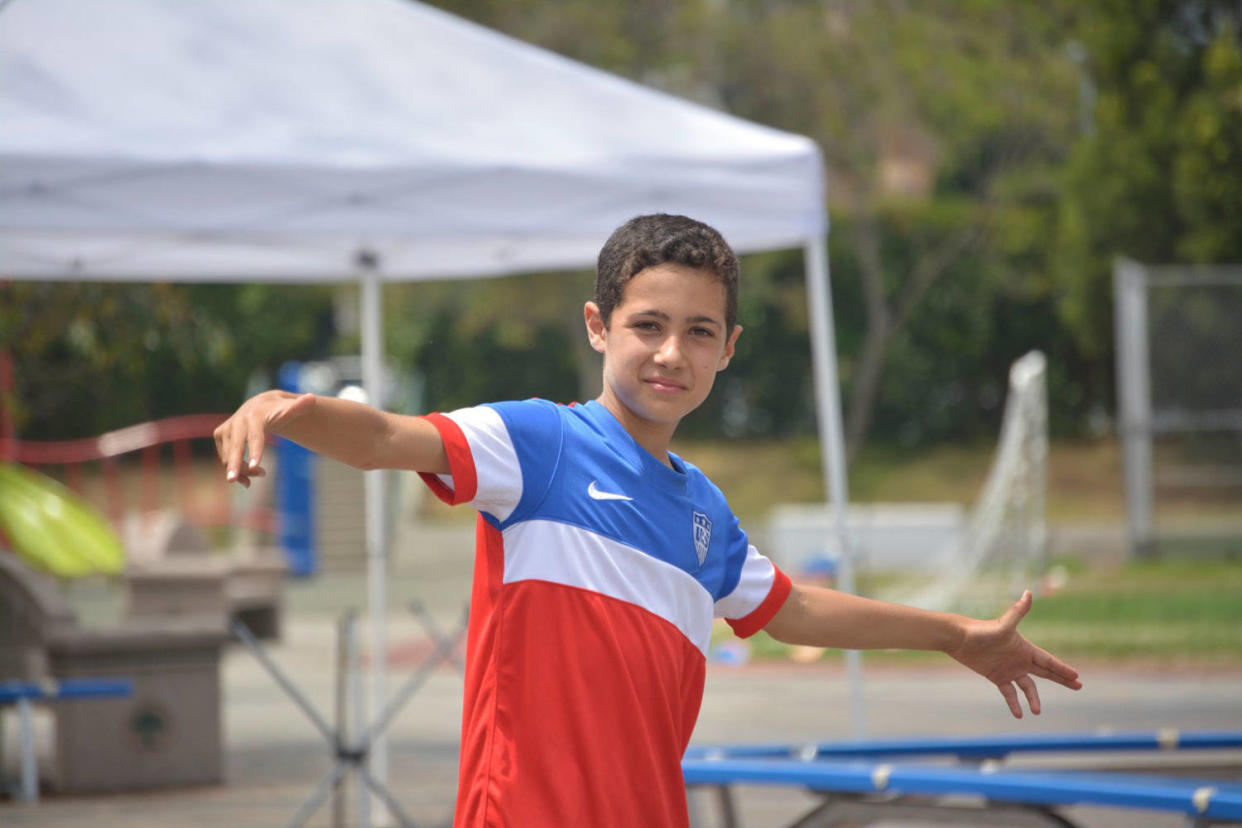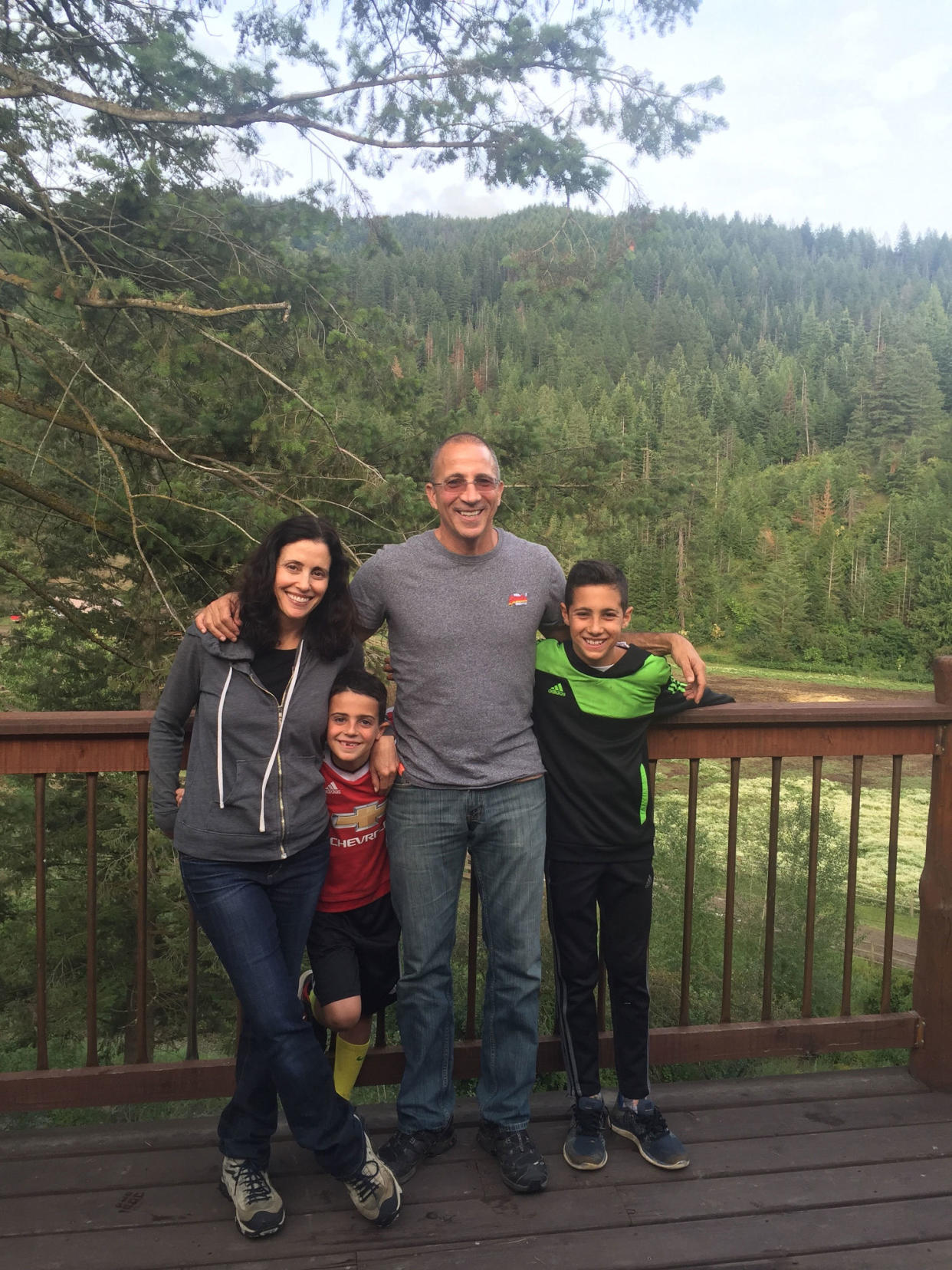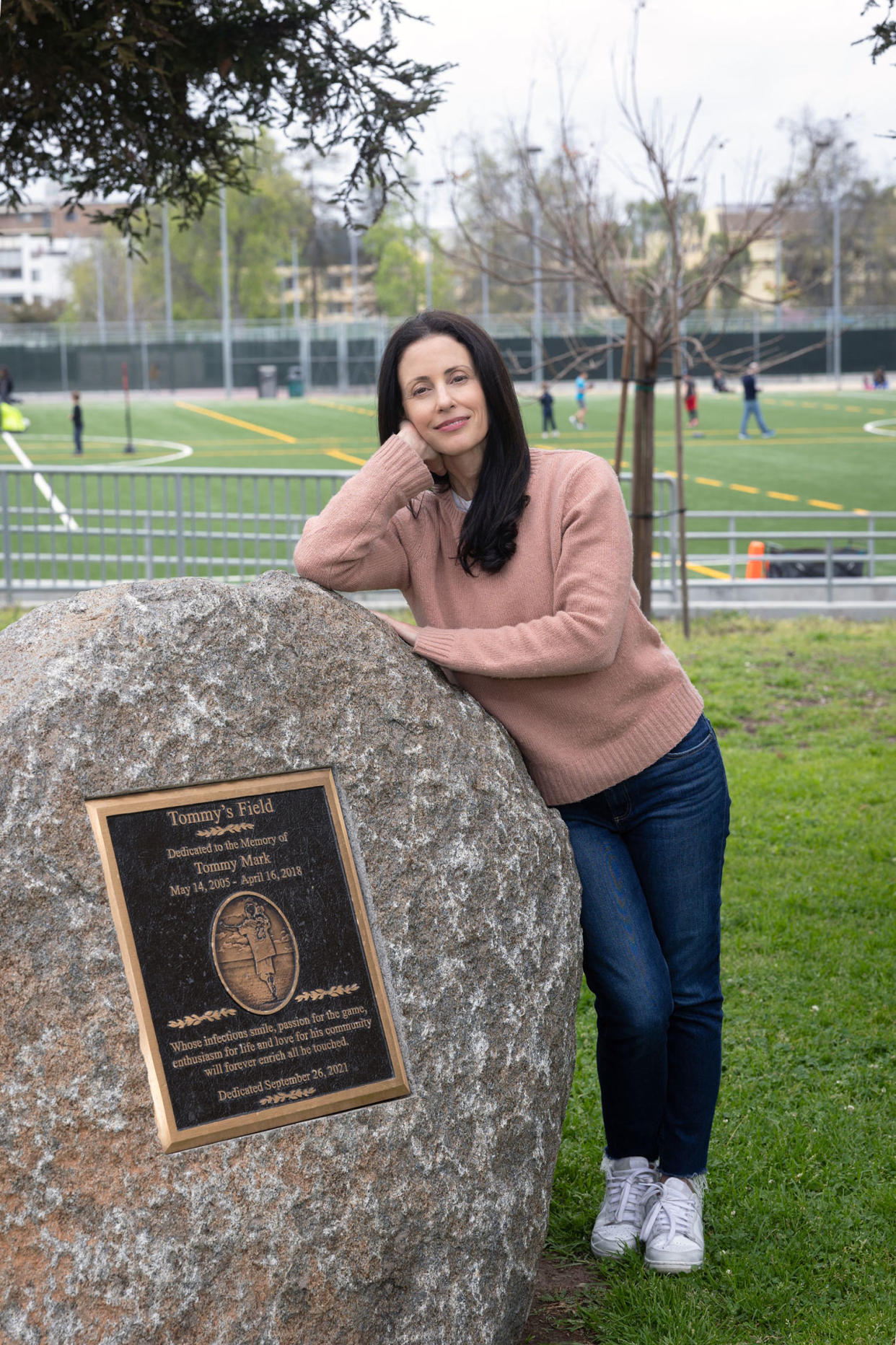I dreaded Mother’s Day after my son died. Then I learned to play again
Six years ago, I never thought I’d look forward to another Mother’s Day again. But this year I am.
It’s hard to believe given my memory of Mother’s Day 2018 is still so fresh. It was May 13 — 26 days after my son Tommy went to sleep one night and never woke up. It was also one day before what would have been his 13th birthday. It was the worst Mother’s Day imaginable, and I wasn’t sure I’d survive it.
A national holiday that I always cherished suddenly seemed so cruel — ignoring mothers who have lost children, children who have lost mothers, and women who want to be mothers but for some reason can’t. Fortunately, my extended family showed up that morning to help celebrate the fact that I was still a mother with a younger son to care for in this world. Together, we silently nibbled on lunch. Then, like zombies, we shuffled through an art exhibit.
By late afternoon, I found myself sitting among 22,000 strangers in a Los Angeles stadium and watching a professional soccer match. Tommy was supposed to have been there, too.
As grief consumed me on the inside, fans were drinking, singing and cheering on the outside. Music was thumping, smoke bombs were firing and jumbotrons at both ends of the stadium were broadcasting strangers with broad smiles I couldn’t understand.
I felt like an alien who didn’t belong.
When the stadium suddenly erupted over the home team’s goal my nerves jumped and something inside me snapped. Tears raced uncontrollably down my face as my entire being plunged into a thick darkness that surrounded me like quicksand.
“So, this is what it feels like to want to die,” I thought to myself as an indescribable loneliness settled in. Stronger waves of grief pummeled me from all sides until I touched a deeper layer of sadness I can only describe as terrifying.

That was the first time I ever truly understood why some people don’t feel loved even when they are, and why it’s so hard to convince someone to live when all they want to do is die.
In that moment, life presented two options: sink or swim.
Sinking meant succumbing to the bitter suffering I tasted that day and passing more of it on to my family and friends. I glanced over at my younger son, sitting to my left, and decided that was not an option.
As I began to swim away from my darkest thoughts and most brutal emotions, I allowed the sport that Tommy loved to provide some much-needed guidance.
“Play,” an inner voice whispered to me.
“Play what?” I silently asked. The idea was so preposterous I thought I was hallucinating. Traditional medicine preferred I try talk therapy and prescription medications for my pain. How could I possibly “play” when my eldest son was gone?
Guilt and shame were adamantly against it. Even though doctors didn’t have a medical explanation for Tommy’s sudden departure, the feeling that I had failed as a mother was overwhelming.

Plus, play wasn’t my expertise. As a busy working mother, “playing” had stopped being a priority in my life. Career, marriage and motherhood had come first. Play was a luxury reserved for certain times of the year when I could squeeze it in — which is ironic because Tommy excelled at play.
In the months that followed, the word “play” streamed into my mind dozens of times until it became clear that the activity that appealed to me the least was the one that would honor my son — and help me heal the most.
“Play is called recreation because it makes us new again, it re-creates us and our world,” writes Stuart Brown, the founder of the National Institute for Play, in his book, “Play.”
So I set out to share Tommy’s infectious spirit of play with others and honor him by transforming a neglected field in a public park into a state-of-the-art athletic field for children to play on. To date, my family and a community I didn’t even know I had have raised over $2.6 million and gifted two “Tommy’s Fields” to Los Angeles, where I live.
On the outside, Tommy’s Fields have been everything I imagined and more. Each has replaced dried up and mostly deserted land and turned them into public spaces where children of all ages and abilities engage in healthy physical activity and multiple outdoor sports. Both have inspired other local communities to unite to improve their own neighborhood parks. And the fields have been meaningful additions to the city of Los Angeles, which suffers from a lack of public athletic fields for both organized sports, and free and unstructured play.
On the inside, watching hundreds of children play on Tommy’s Fields every day has filled me with much-needed meaning and peace. Play has broadened my community and helped me make new friends. Through play I have discovered new talents, like writing, and fostered new interests, like yoga and meditation. Play has taught me that I can lose and miss my son terribly every day and still smile, laugh and make the most of my life the way he did.

That is why this Mother’s Day you’ll find me on Tommy’s Field in Westwood, watching 240 children with their families play in a friendly soccer tournament. Not only will I enjoy the benefits of watching others play, but with an ice cream in hand, a live DJ playing tunes in the background and friends and family by my side, I will be playing, too.
Play has been a powerful medicine for me, and all it requires is a willingness to engage in it. Whatever play means to each one of us, it can lift our spirits during our most dire sink-or-swim moments.
In honor of Tommy, and for my own well-being, I strive to prioritize some form of play every day, especially on the hardest ones, like Mother’s Day.
If you or someone you know is in crisis, call or text 988 to reach the Suicide and Crisis Lifeline.
This article was originally published on TODAY.com
